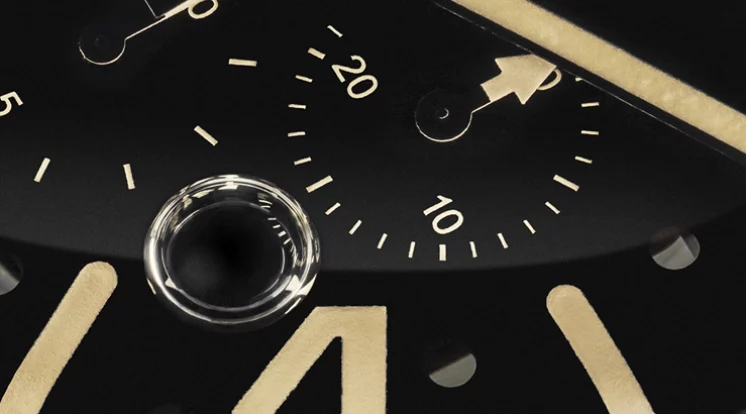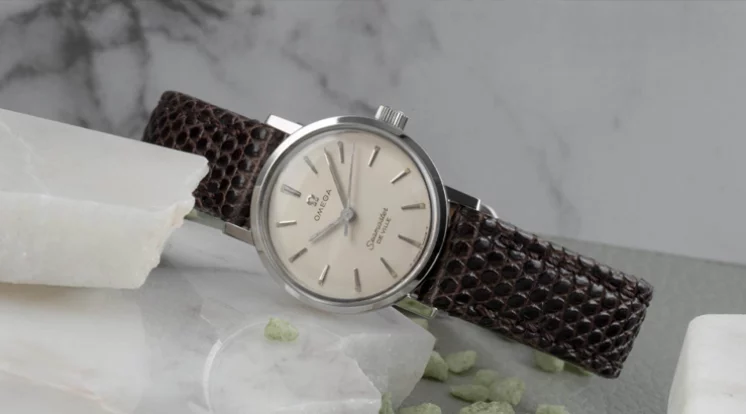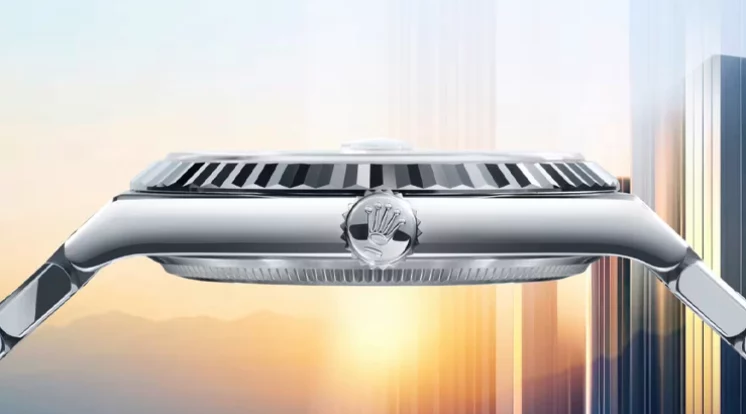Why choose a ceramic watch? Pros, cons and key features
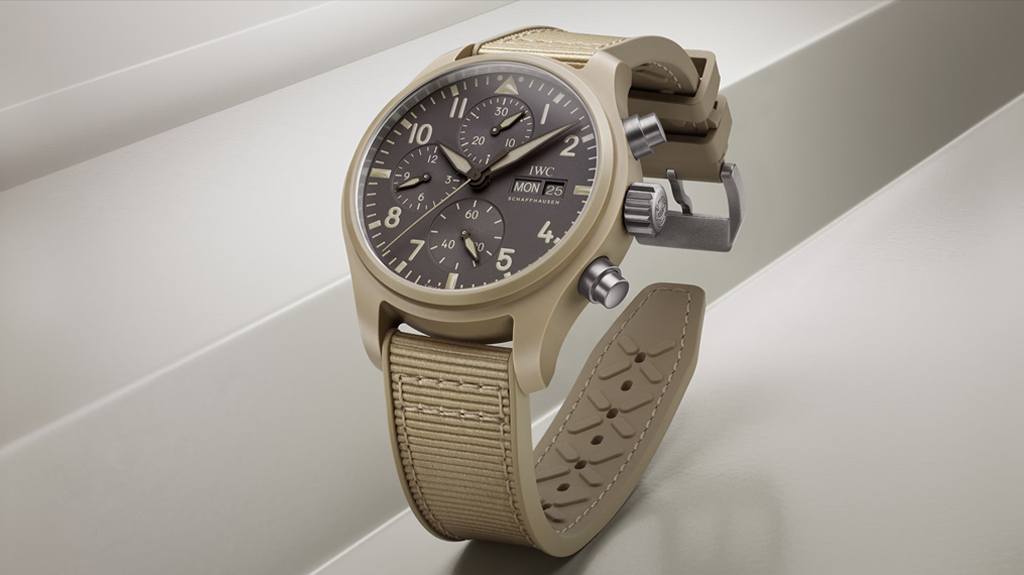
Horology isn’t a stranger to steel, titanium and carbon fibre. But there is one material that has quietly asserted itself, ceramic. Once reserved for the odd bezel, the ceramic watch has evolved into a full-fledged genre. From space-age toughness to sleek, scratch-resistant finishes, it’s no surprise they are gaining in popularity.
But is a ceramic timepiece right for you? Let’s break down the pros, the cons, the most popular models, and whether a black ceramic watch, white ceramic watch or something more colourful deserves a spot on your wrist.
What is a ceramic watch?
When we talk about a ceramic watch, we’re not talking about teacups or pottery. Watch-grade ceramic is a high-tech material, usually made by heating zirconium oxide at extreme temperatures. The result is a substance that’s:
- Extremely hard (much harder than stainless steel)
- Highly resistant to scratching
- Incredibly light
- Non-metallic and hypoallergenic
- Surprisingly stylish
It can be finished in matte or gloss, coloured throughout, and integrated beautifully with metal components like steel, titanium, or gold. You’ll find ceramic in full watch cases, bezels, bracelet links, and even crowns on some models.
Why ceramic watches are growing in popularity
Ceramic has made a big jump from niche material to a serious use case, especially in the luxury watch scene. Just ask Omega – their Dark Side of the Moon collection made waves by crafting entire Speedmaster cases out of ceramic.
Brands are leaning into ceramic not just for the performance benefits, but for the visual impact. A ceramic watch has a unique look and feel – it plays with light differently than metal, feels silky on the wrist, and doesn’t show its age in the same way as scratched-up steel sometimes does (not to say that’s always a negative, sometimes it’s fitting for a watch to show its marks from years of loving use).
Throw in the fact that it’s comfortable, hypoallergenic, and thermally neutral (so it won’t freeze your wrist in winter like steel can), and you’ve got a material that feels modern in all the right ways.
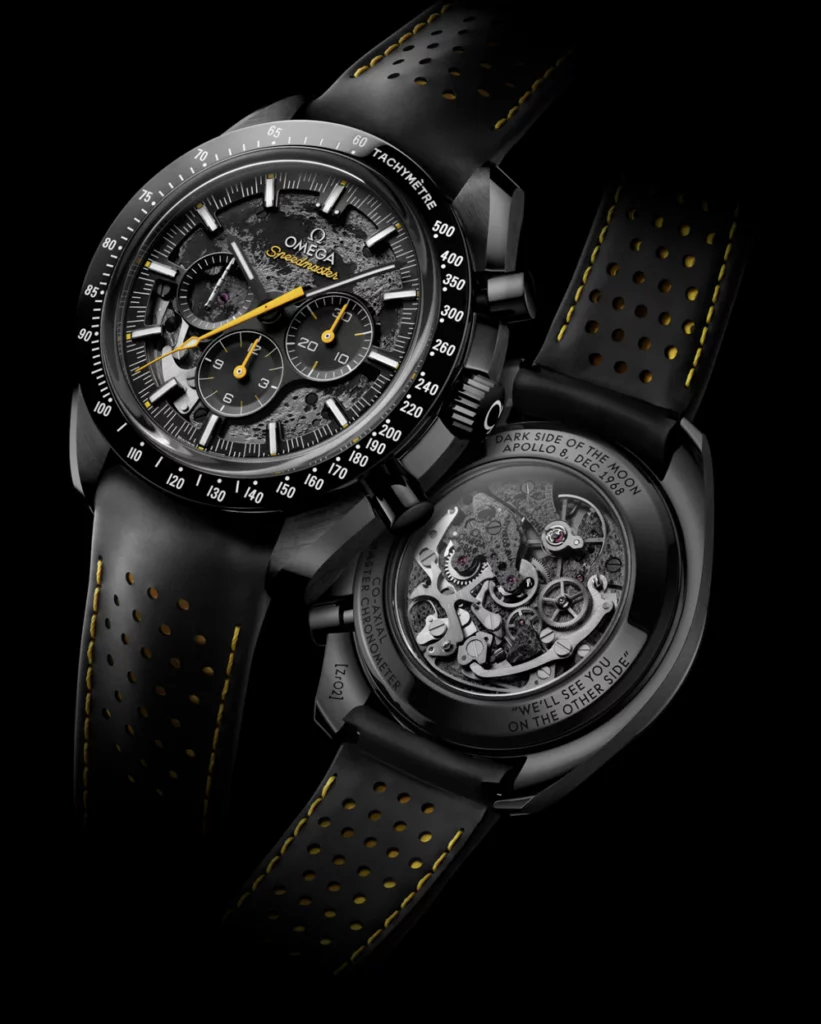
The advantages of a ceramic watch
Let’s break it down. Here are the key benefits of ceramic watches:
1. Scratch resistance
Ceramic is up to four times harder than stainless steel, which means it resists scratches like a champ. That glossy bezel or smooth case? It’ll look fresh for years, even with daily wear. Perfect for those whose stomach drops every time their watch accidentally brushes against a doorframe.
2. Lightweight
Despite its strength, ceramic is lighter than steel. This makes it ideal for larger watches that might otherwise feel weighty. It also helps with long-term comfort – perfect for daily wearers. Although its lighter than steel, ceramic is usually heavier than titanium and of course carbon fibre.
3. Thermally stable
Thermally stable is a bit of a technical term, but have you ever worn a metal watch on a freezing morning or in sweltering heat? Ceramic doesn’t conduct temperature like metal does. That means it feels comfortable against your skin, no matter the weather.
4. Hypoallergenic
Because its non-metallic, ceramic is nickel-free and ideal for anyone with metal allergies, which surprisingly affects around 10-20% of the population. If you are someone who has struggled with irritation from steel bracelets in the past, you’ll likely find it especially comfortable.
5. Fade resistant
Ceramic can be dyed all the way through, which means your white ceramic watch or colourful model won’t fade over time. This fade resistance makes ceramic an ideal material for bold designs and brands that experiment with vibrant or unconventional palettes, which there’s an ever-increasing amount that do.
Are ceramic watches fragile?
Yes, ceramic is hard, but it can also be brittle. This means:
- It resists scratches extremely well
- But it may crack or shatter if dropped onto a hard surface or struck at a sharp angle
Due to the manufacturing process of heating powdered compounds to very high temperatures, a property of ceramic is low elasticity, meaning it can be poor at absorbing impact.
In practice, modern ceramic watches are engineered to handle daily wear. Brands reinforce them with smart case designs, inner steel shells, or hybrid materials. And unless you’re planning on using your watch as a cricket ball, you’re unlikely to have issues.
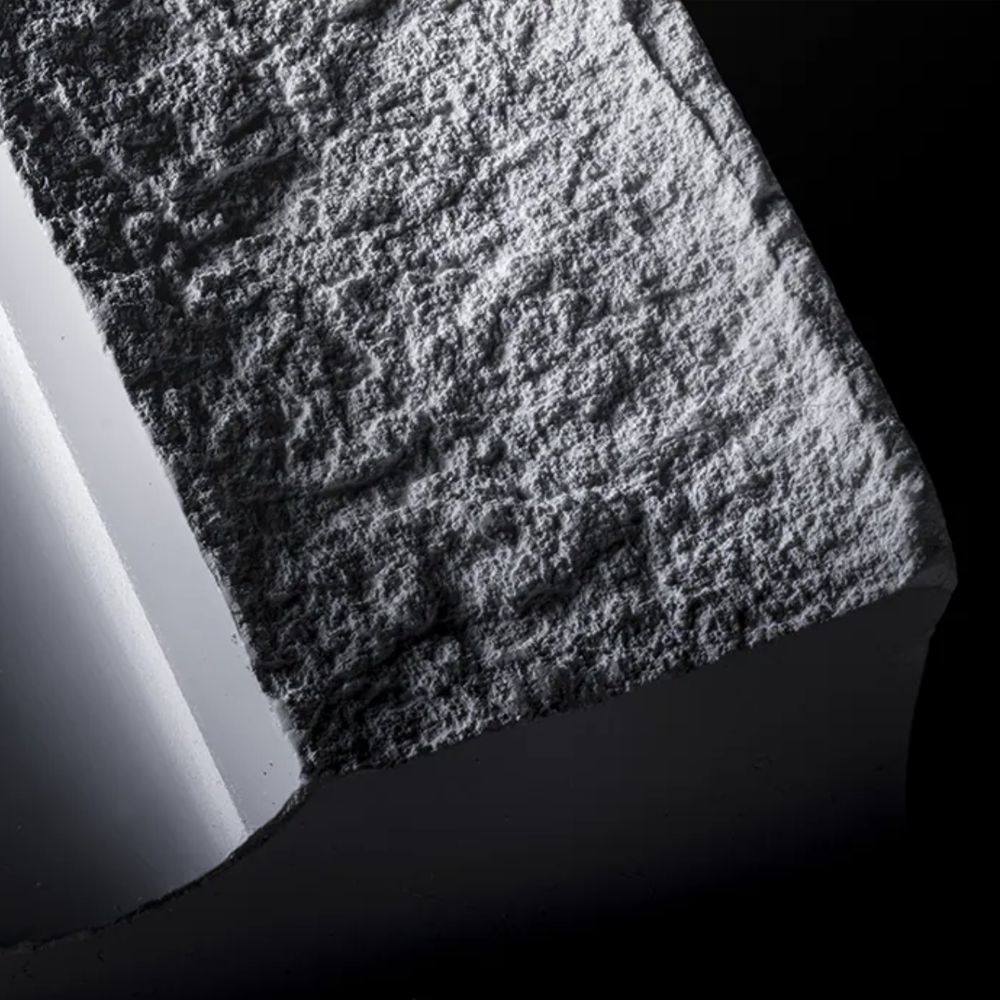
Potential drawbacks of ceramic watches
Let’s be balanced – ceramic isn’t perfect. Here are a few things to keep in mind:
1. Cost
Ceramic is expensive to manufacture. That means a ceramic watch will typically cost more than its steel equivalent. It’s part of the luxury appeal – but something to factor in if you’ve got a budget. The Audemars Piguet Royal Oak Perpeutal Calendar White Ceramic model will set you back over £200,000 pre-owned, compared to £150,000 for its steel counterpart.
2. Repairs
If a ceramic case does chip or crack (perhaps you’ve hit it for six), repairs are tricky. Unlike metal, ceramic can’t simply be polished or welded. It often requires a full case replacement, which can be costly and time-consuming. If you are looking at purchasing a ceramic watch, it is often a good idea to ask the brand or retailer you’re purchasing it from about part availability. Some brands have a better reputation for ceramic repairs than others.
3. Limited polishing
Scratches are very rare, but if they do occur, they can’t be polished out. Ceramic also retains its finish – good news if you like gloss or matte. But it also means you can’t easily refinish it if you want to change the look. What you see is what you keep.
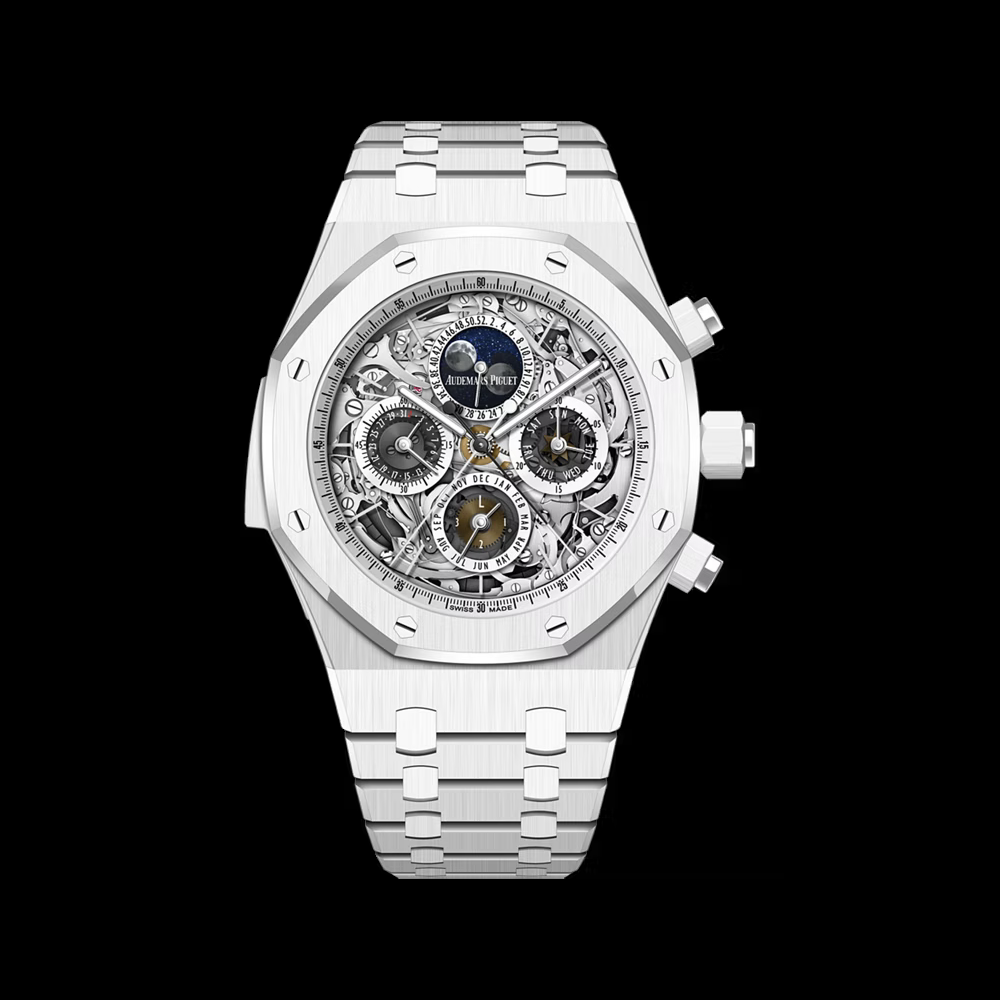
Top brands and their ceramic watch models
Ceramic used to be reserved for the experimental brands. Today? Everyone’s in on the action. Many iconic watch models now have their ceramic counter-part, combining a familiar design with the benefits we’ve covered above. These include the Rolex Daytona, the Omega Speedmaster, and the Audemars Piguet Royal Oak to name a few.
Omega Speedmaster Dark side of the Moon
The Omega Speedmaster Dark Side of the Moon collection include ceramic casebodies, brushed ceramic bezels, ceramic dials and even ceramic clasps. If you want a high-performance chronograph in all-black stealth mode, this is your guy. If you’re wanting to capatilise on the vibrant colour choices ceramic can provide, maybe not.
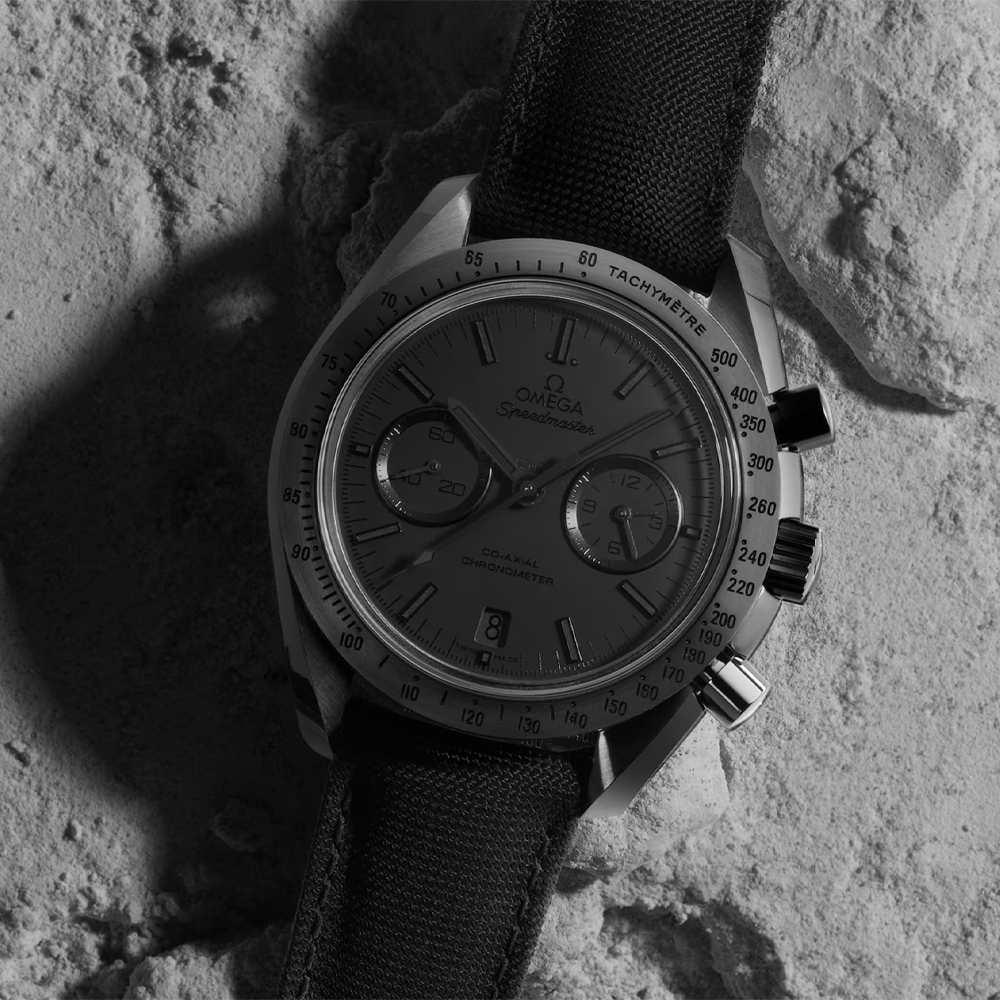
IWC Pilot’s Chronograph 41 TOP GUN
IWC has been working with ceramic for years, and their TOP GUN series is the standout. Originally built for US Navy pilots, these watches offer a full ceramic case, anti-magnetic inner protection, and a rugged chronograph layout. The standard black variant remains a fan-favourite, while newer Lake Tahoe (white), Woodland (green), Oceana (blue), and Mojave Desert (sand) editions add bold colourways to the range.

Rado Captain Cook
Rado pioneered the use of high-tech ceramics in watches as far back as the 1980s with the Rado Integral which featured a case and bracelet made with ceramic components. More recently, they released the Captain Cook Ceramic, combining history with the results of years of research and development into high-tech ceramic. Their ceramic Captain Cook range is wide, and includes skeleton and limited edition variants. One of the stand outs is the Captain Cook Over-Pole. The handwinding model, retains the key features of the Captain Cook, but includes a worldtime bezel, with 24 major cities etched in.
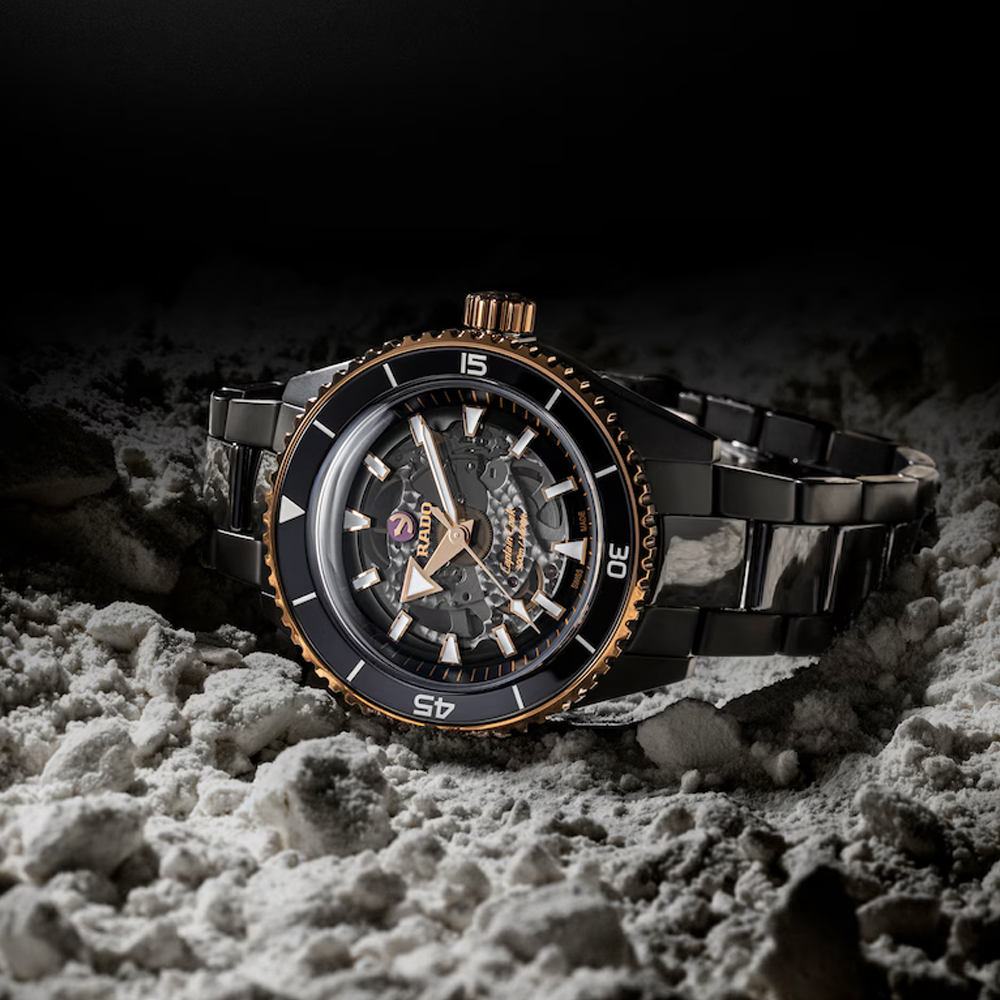
TAG Heuer Carrera Chronograph
TAG has integrated ceramic into their Formula 1, Monaco, Carrera and Aquaracer lines. They often integrate ceramic in their bezels, whilst retaining a steel caseback and bracelet. The Carrera Chronograph is a prime example of this, available with green, blue and black ceramic bezels. If you’re wanting a TAG with a full ceramic case, the TAG Heuer Carerra Chronograph Tourbillon may be for you, sporting a matte black ceramic finish, but with a price tag to match – £26,800.
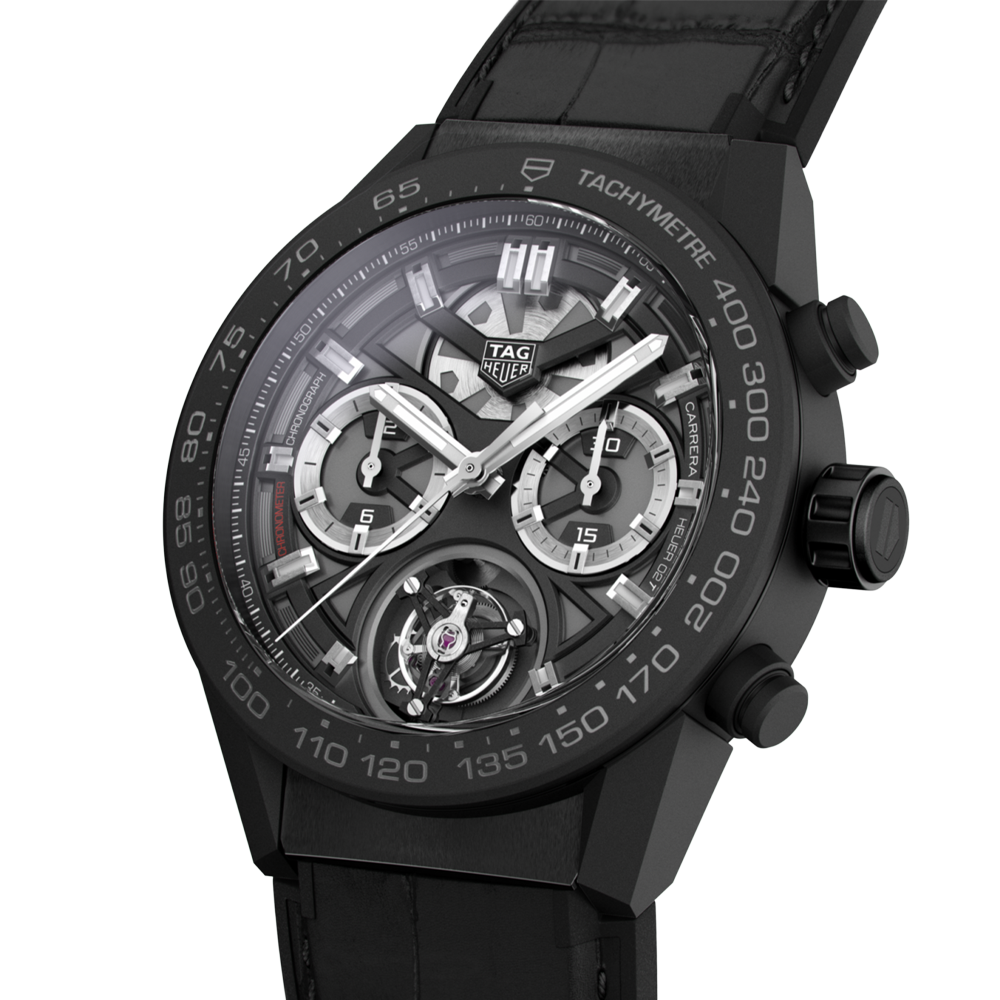
Swatch x Omega MoonSwatch
Although not made entirely of ceramic, MoonSwatches are crafted from bioceramic, a unique blend of two-thirds ceramic and one-third bio-derived plastic. This material retains some benefits of full ceramic, such as being lightweight and offering a degree of scratch resistance. While more resistant to scratches than regular plastic or resin, bioceramic is not as durable as full ceramic. One of the standout features of the MoonSwatch collection is its bold and vibrant colour palette, inspired by the planets. Highlights include the Mission to the Sun, Mission to Mars, and the Lava and Polar Lights models from the Mission on Earth series. The bioceramic blend helps keep production costs down, making the watches more accessible, though they don’t match the feel or longevity of a full ceramic timepiece.
If you’re interested in the bioceramic MoonSwatch range, we uncovered them in a separate article here.

For a more accessible option, fashion brands like Michael Kors, Fossil, Guess, and Emporio Armani offer stylish ceramic watches. The Armani ceramic watch, for example, delivers the sleek ceramic look without the premium price tag. The Emporio Armani ceramic watch range often features ceramic bezel inserts or bracelet links combined with stainless steel, offering a refined yet affordable hybrid design.
Final thoughts
For years, watch fans have praised the strength of steel or the lightness of titanium. But ceramic delivers both, plus scratch resistance, temperature neutrality, and a look that can be as contemporary as it gets.
Sure, there are trade-offs – mostly around price and repair – but for most collectors, the advantages far outweigh the downsides. Whether you’re considering a white ceramic watch for summer wear, a stealthy black ceramic watch for your daily driver, or diving into colour with a bold fashion piece, ceramic offers a lot to love.
So, is a ceramic watch right for you?
If you value design, durability, and something a little different – then absolutely. It might just be your next favourite watch.

